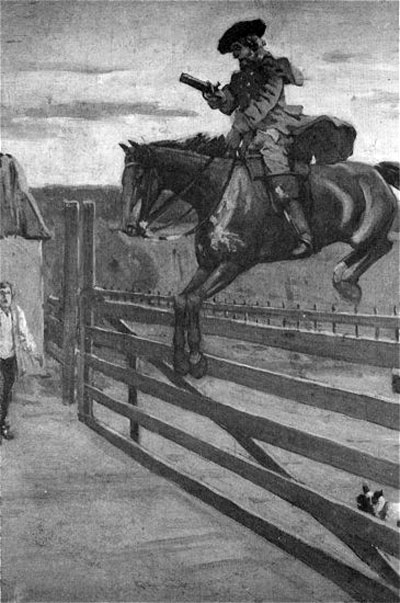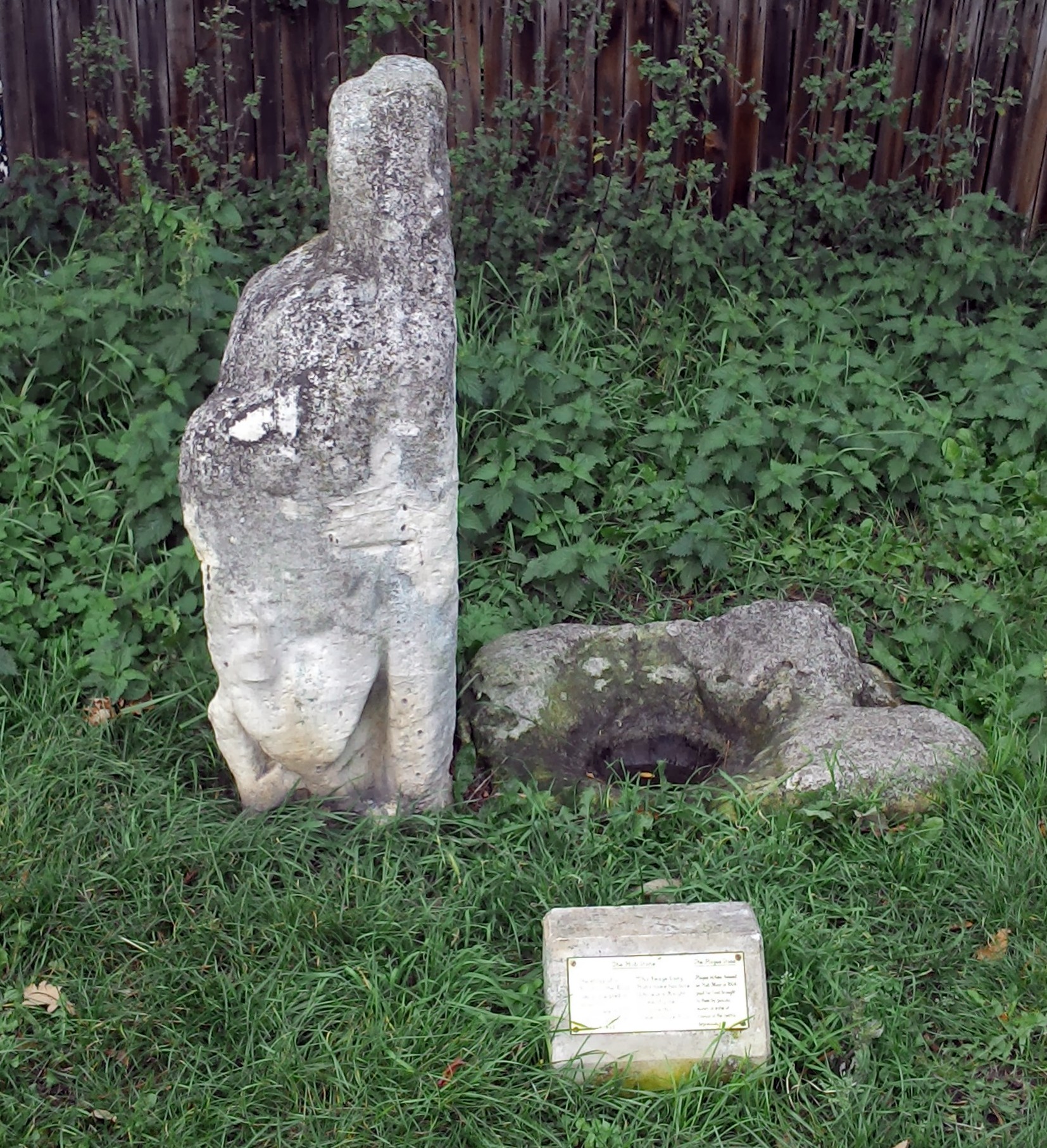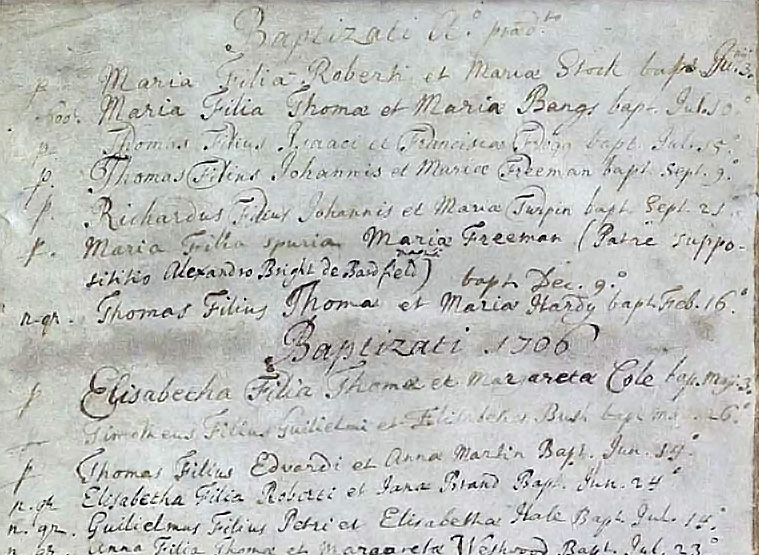|
Knavesmire
The Knavesmire is one of a number of large, marshy undeveloped areas within the city of York in North Yorkshire, England, which are collectively known as '' Strays''. Knavesmire, together with Hob Moor, comprises Micklegate Stray. It has been suggested that the name 'Knavesmire' may share a derivation with Knaresborough—Cenward's mire. History Situated in the south-west of the city, some distance outside the historic walls, Knavesmire's low-lying position makes it liable to severe flooding in times of heavy rain. As a consequence, it remained undeveloped as the city expanded around it. The Knavesmire was the site of York Golf course for many years. During the Second World War, parts of the Knavesmire were farmed, while other parts were used for military purposes including an anti-aircraft battery and a prisoner of war transit camp which was located near the grandstand. Knavesmire was also the site of Knavesmire Secondary School, which then became one of the campuses of ... [...More Info...] [...Related Items...] OR: [Wikipedia] [Google] [Baidu] |
Strays Of York
The Strays of York is a collective name for four areas of open land, comprising in all over , within the City of York. Their individual names are Bootham Stray, Micklegate Stray (which includes the Knavesmire and Hob Moor), Monk Stray and Walmgate Stray. History The Strays are the remains of much greater areas of common land on which the hereditary Freemen of the City had, since time immemorial, the right to graze cattle. After the Parliamentary Enclosures of the eighteenth and early nineteenth centuries, whereby commons were enclosed and rights of pasturage extinguished, areas of grazing land were allotted to the Freemen in lieu of their existing rights. Together with the Knavesmire and Hob Moor, land already used by the City for pasturage, these areas became the Strays, land vested in the Corporation to be held in trust for the Freemen of each of the original four Wards of the City. Ownership and administration Originally, each Stray was controlled and managed by P ... [...More Info...] [...Related Items...] OR: [Wikipedia] [Google] [Baidu] |
York Racecourse
York Racecourse is a horse racing venue in York, North Yorkshire, England. It is the third biggest racecourse in Britain in terms of total prize money offered, and second behind Ascot in prize money offered per meeting. It attracts around 350,000 racegoers per year and stages three of the UK's 36 annual Group 1 races – the Juddmonte International Stakes, the Nunthorpe Stakes and the Yorkshire Oaks. Location The course is located in the south-west of the city, next to the former Terry's of York factory, The Chocolate Works. It is situated on an expanse of ground which has been known since pre-medieval times as the Knavesmire, from the Anglo-Saxon ''"knave"'' meaning a man of low standing, and ''"mire"'' meaning a swampy pasture for cattle. For this reason, the racecourse is still sometimes referred to as ''"The Knavesmire"''. The Knavesmire was originally common pasture, belonging to the city. It was also the scene of the hanging of Dick Turpin in 1739. History Ra ... [...More Info...] [...Related Items...] OR: [Wikipedia] [Google] [Baidu] |
York
York is a cathedral city with Roman origins, sited at the confluence of the rivers Ouse and Foss in North Yorkshire, England. It is the historic county town of Yorkshire. The city has many historic buildings and other structures, such as a minster, castle, and city walls. It is the largest settlement and the administrative centre of the wider City of York district. The city was founded under the name of Eboracum in 71 AD. It then became the capital of the Roman province of Britannia Inferior, and later of the kingdoms of Deira, Northumbria, and Scandinavian York. In the Middle Ages, it became the northern England ecclesiastical province's centre, and grew as a wool-trading centre. In the 19th century, it became a major railway network hub and confectionery manufacturing centre. During the Second World War, part of the Baedeker Blitz bombed the city; it was less affected by the war than other northern cities, with several historic buildings being gutted and restore ... [...More Info...] [...Related Items...] OR: [Wikipedia] [Google] [Baidu] |
Dick Turpin
Richard Turpin (bapt. 21 September 1705 – 7 April 1739) was an English highwayman whose exploits were romanticised following his execution in York for horse theft. Turpin may have followed his father's trade as a butcher early in his life but, by the early 1730s, he had joined a gang of deer thieves and, later, became a poacher, burglar, horse thief and killer. He is also known for a fictional overnight ride from London to York on his horse Black Bess, a story that was made famous by the Victorian novelist William Harrison Ainsworth almost 100 years after Turpin's death. Turpin's involvement in the crime with which he is most closely associated—highway robbery—followed the arrest of the other members of his gang in 1735. He then disappeared from public view towards the end of that year, only to resurface in 1737 with two new accomplices, one of whom Turpin may have accidentally shot and killed. Turpin fled from the scene and shortly afterwards ... [...More Info...] [...Related Items...] OR: [Wikipedia] [Google] [Baidu] |
Nicholas Postgate
Nicholas Postgate (1596 or 1597 – 7 August 1679) was an English Catholic priest who was executed for treason on the Knavesmire in York on 6 August 1679 as part of the anti-Catholic persecution that was sweeping England at that time. He is one of the 85 English Catholic Martyrs of England and Wales beatified by Pope John Paul II in November 1987. Early life and priesthood Postgate was born at Kirkdale House, Egton, Yorkshire, England. He entered Douay College, in France, 11 July 1621. He took the college oath on 12 March 1623, received minor orders, 23 December 1624, the subdiaconate, 18 December 1627, the diaconate, 18 March 1628, and the priesthood two days later. He was sent to the mission on 29 June 1630, and worked in England for the Catholic religion, finally settling back to Ugthorpe, not far from his birthplace, in the 1660s. His parish, which was known by the extinct name of Blackamoor, extended between Guisborough, Pickering and Scarborough. Thomas Ward, who late ... [...More Info...] [...Related Items...] OR: [Wikipedia] [Google] [Baidu] |
Knavesmire Secondary School
Knavesmire Secondary School was a secondary modern school based in York, England from the 1960s (c. 1965) to the 1980s. During the 1960s it was a girls only school. The building was located on Bishopthorpe Road next to York Racecourse York Racecourse is a horse racing venue in York, North Yorkshire, England. It is the third biggest racecourse in Britain in terms of total prize money offered, and second behind Ascot in prize money offered per meeting. It attracts around 350 ..., and was taken over by the College of Law in the early 1990s. The University of Law (to which the business of the College of Law was transferred, effectively little more than a name change with the removal of charitable status) moved its north-east campus to Leeds in the 2010s and sold the campus. The school is now occupied by OneSchool Global, an independent school connected to the Plymouth Brethren evalangelical church. The author Sheelagh Kelly attended the school during the 1960s. Reference ... [...More Info...] [...Related Items...] OR: [Wikipedia] [Google] [Baidu] |
Millthorpe School
Millthorpe School is a mixed secondary school located in York, North Yorkshire, England. It is situated in South Bank, York, and can be accessed via Scarcroft Road (the A59). It is close to two primary schools, Scarcroft Primary School and Knavesmire Primary School. History Millthorpe School is the successor to Nunthorpe Grammar School, one of two single sex male state grammar schools in the City of York, which opened in 1920, and Mill Mount Grammar School for girls, whose pupils moved to the Nunthorpe site. Nunthorpe Grammar School Nunthorpe Grammar School was centred on Nunthorpe Court, a large Victorian house built in 1856. The house was adapted to meet its new role as a school in 1920. At first the school was entirely contained within the mansion. Now the house is used purely for offices and staff rooms, the Headteacher’s office being situated in what was the main bedroom. Sports fields were created by the draining of an ornamental lake. The school was added to at v ... [...More Info...] [...Related Items...] OR: [Wikipedia] [Google] [Baidu] |
Alexander Rawlins
Alexander Rawlins (1560 - 7 April 1595) was an English Roman Catholic martyr, beatified in 1929. Life While Richard Challoner says that Rawlins was born somewhere on the border between Worcestershire and Gloucestershire, Rawlins stated to the examiners that he was born a Catholic in the city of Oxford. He went to school in Winchester before continuing his studies at Hart Hall at Oxford. He then went to London where he apprenticed himself to an apothecary. In June 1586, he was arrested for the second time, with Swithun Wells, a known Catholic sympathizer, and seminarian Christopher Dryland and imprisoned in Newgate. After imprisonment, he was banished as "an obstinate Papist". Sailing from Southampton he landed at Saint-Malo and proceeded to Picardy. He travelled widely, mostly on foot, going to Rome and Paris before arriving at Reims, where he entered the college in December 1587. Rawlins was ordained a priest at Soissons on 18 March 1590 and sent on the English mission on 9 A ... [...More Info...] [...Related Items...] OR: [Wikipedia] [Google] [Baidu] |
Clifton, York
Clifton is a suburb of York in the unitary authority of the City of York, in the north of England about miles from the city centre. The A19, passes north out of York through Clifton. The old village area was made a Conservation Area in 1968. It is the location of Nestle Foods Factory and the Public Schools of St Peter's and the former Queen Anne's. The origin of the name is derived from the Old English pre-7th century ''clif'', meaning a gentle slope, or more usually a riverbank, with ''tun'', an enclosure or settlement. History During Roman times there was a road through Clifton that approached the Roman fortress from the north-west and headed towards the river crossing. There was a second road that also left the north-west gate and may eventually have joined the other. The evidence from early timber buildings from the museum gardens and early burials from Bootham and Clifton suggest the roads existed from the 1st century. Sporadic 2nd century Roman occupation material a ... [...More Info...] [...Related Items...] OR: [Wikipedia] [Google] [Baidu] |
Henry Walpole
Henry Walpole (1558 – 7 April 1595) was an English Jesuit martyr, executed at York for refusing to take the Oath of Supremacy. Early life Walpole was born at Docking, Norfolk, in 1558, the eldest son of Christopher Walpole, by Margery, heiress of Richard Beckham of Narford, and was educated at Norwich School, Peterhouse, Cambridge, and Gray's Inn. While at Gray's Inn he came to the attention of government spies by his frequent association with known recusant gentry. He attended the discussions that Edmund Campion held with Anglican divines, and was present at the execution of Edmund Campion in 1581: his clothes were sprinkled with Campion's blood. Heretofore somewhat lukewarm in religious matters, Walpole then gave up his law practice and followed in Campion's footsteps. He wrote a small book of poetry honoring Campion which was secretly printed and circulated in London. The authorities sought to discover the parties involved. The printer, a friend of Walpole named Valenger ... [...More Info...] [...Related Items...] OR: [Wikipedia] [Google] [Baidu] |
Hanged, Drawn And Quartered
To be hanged, drawn and quartered became a statutory penalty for men convicted of high treason in the Kingdom of England from 1352 under King Edward III (1327–1377), although similar rituals are recorded during the reign of King Henry III (1216–1272). The convicted traitor was fastened to a hurdle, or wooden panel, and drawn by horse to the place of execution, where he was then hanged (almost to the point of death), emasculated, disembowelled, beheaded, and quartered (chopped into four pieces). His remains would then often be displayed in prominent places across the country, such as London Bridge, to serve as a warning of the fate of traitors. For reasons of public decency, women convicted of high treason were instead burned at the stake. The same punishment applied to traitors against the King in Ireland from the 15th century onward; William Overy was hanged, drawn and quartered by Lord Lieutenant Richard Plantagenet, 3rd Duke of York in 1469, and from the reign of ... [...More Info...] [...Related Items...] OR: [Wikipedia] [Google] [Baidu] |
City Of York
The City of York is a unitary authority area with city status in the ceremonial county of North Yorkshire, England. The district's main settlement is York, and it extends to the surrounding area including the town of Haxby and the villages of Earswick, Upper Poppleton, Nether Poppleton, Copmanthorpe, Bishopthorpe, Dunnington, Stockton on the Forest, Rufforth, Askham Bryan and Askham Richard, among other villages and hamlets. The unitary area had a population of 202,800 in the 2021 Census The City of York is administered by the City of York Council based in The Guildhall. Governance York's first citizen and civic head is the Lord Mayor, who is the chairman of the City of York Council. The appointment is made by the city council each year in May, at the same time as appointing the Sheriff, the city's other civic head. The offices of Lord Mayor and Sheriff are purely ceremonial. The Lord Mayor carries out civic and ceremonial duties in addition to chairing full council m ... [...More Info...] [...Related Items...] OR: [Wikipedia] [Google] [Baidu] |





